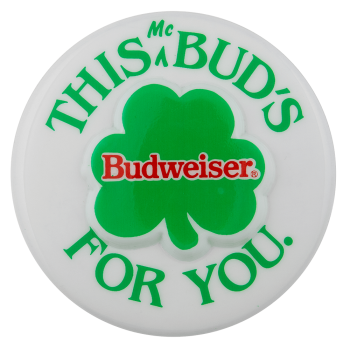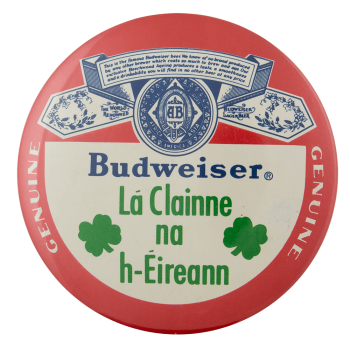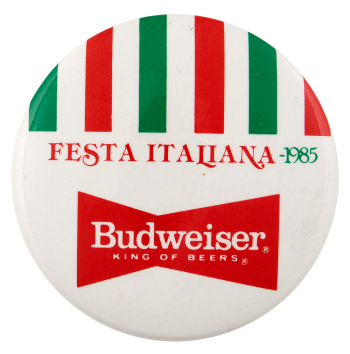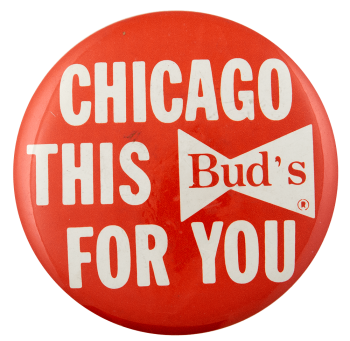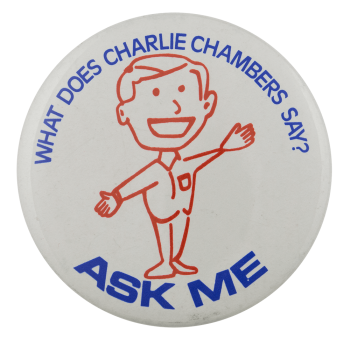Blues N Bud
| Category | |
|---|---|
| Additional Images | |
| Sub Categories | |
| Text on Button | Budweiser presents BLUES'N'BUD® at Chicagofest 1982 WXRT 93FM THE STATION FOR BLUES 'N' BUD |
| Image Description | Illustration of a saxophone playing out blue and red text underneath illustration of a red bowtie with white text and above an illustration of a blue diamond with blue text. Various red, blue, and black text around button. All on white background. |
| Back Style | |
| The Shape | |
| The Size | |
| Additional Information | The Blues’n’Bud was a set of musicians sponsored by Budweiser playing on the WXRT Navy Pier stage at the 1982 Chicagofest. WXRT radio station and Budweiser sponsored one of sixteen genre specific stages hosting blues music from August 4th to 15th. The festival featured about 600 performances by headline artists and hosted 30,000 people on the main stage. The Anheuser-Busch Brewing Company created Budweiser beer in 1876 in St. Louis, Missouri. The company was founded by Adolphus Busch and his father-in-law, Eberhard Anheuser. Anheuser-Busch decided to make a light lager beer using pasteurization originating from the Czech Republic, which improved shelf life and transportability. The Budweiser pale lager was the first to use this method in the U.S. and grew to become one of the highest selling beers in the United States. It is available in over 80 markets worldwide. |
| Catalog ID | BE0167 |



